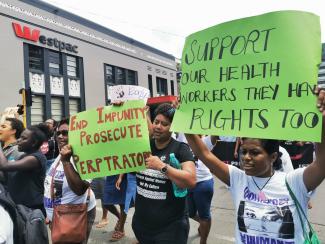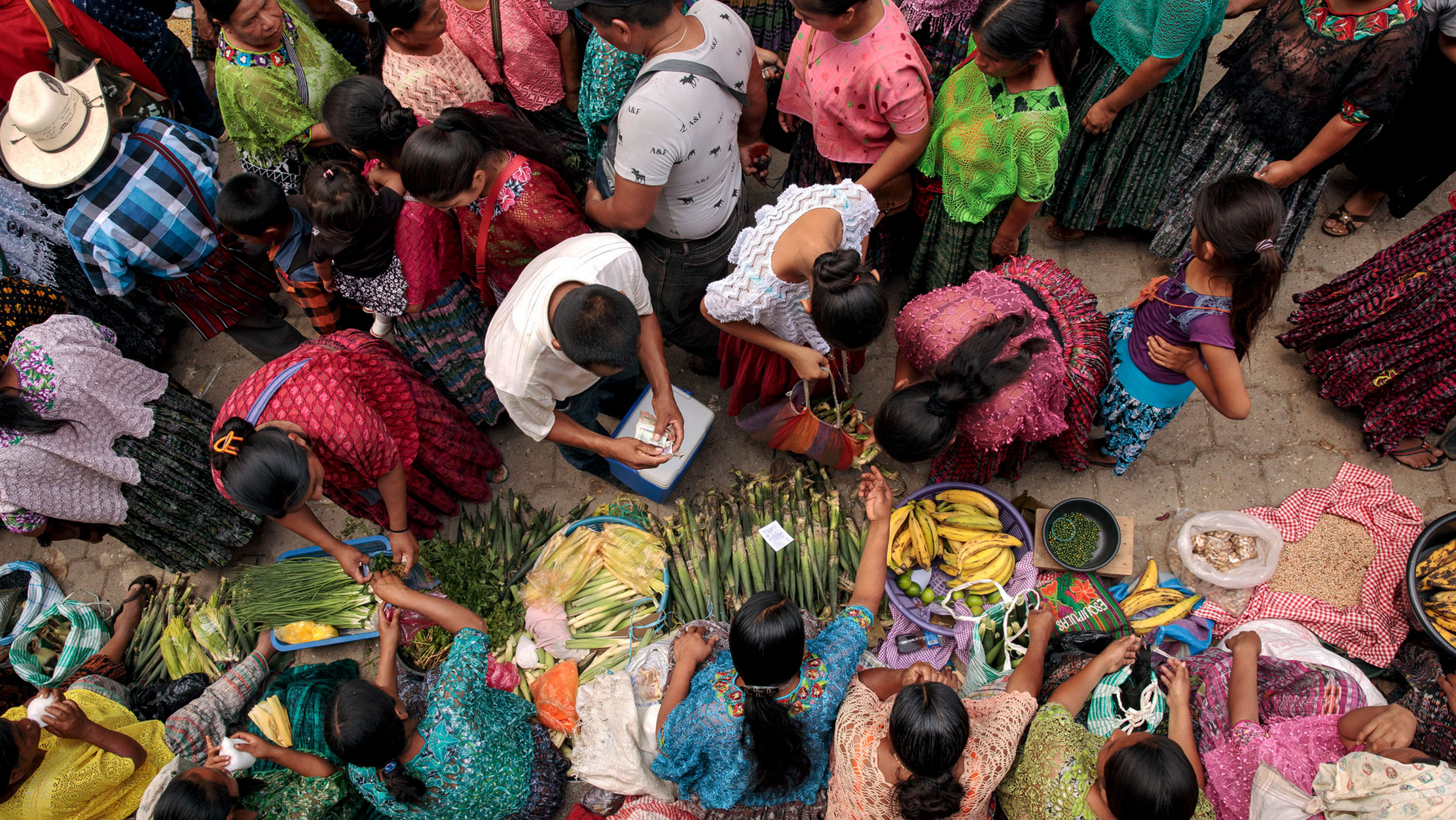
The Pacific region has been portrayed as one of the “most aid-dependent in the world”, referring specifically to Official Development Assistance (ODA), which measures resource flows to developing countries. Each year, more than USD 2 billion of foreign aid is purportedly invested in the region, equivalent to roughly 8% of the region’s GDP. From publicly available data – this aid comes in the form of thousands of projects from more than 60 donors.
But where are these resources going? The Pacific Aid Map, put together by the Lowy Institute, attempts to capture some of it – but this data is high level, leaving the full picture obscured. For locals working at the grassroots, this makes it hard to understand where pots of funding are located, let alone how to access them.
A narrative accompanying the above, is that of “aid inefficiency” with the region achieving mixed development outcomes despite its alleged ‘dependency’ on foreign aid. But while these discussions simmer and people tinker and pull levers aimed at better outcomes, not nearly enough is being said or done about how little funding reaches Pacific Islander-led projects at the grassroots that make a real difference in their communities.
These are locally led organisations, informal groups and networks that struggle to secure funding – especially for work led by women and gender non-conforming people who are disproportionately impacted by inequality, discrimination and violence – both at the community and policy levels.
The Fiji Women’s Fund is one of only two feminist funds in the Pacific – the other being Urgent Action Fund for Women’s Human Rights Asia and Pacific (UAF A&P). We don’t have the capacity to leave no stone unturned in the search for answers on the billions of dollars in aid that is purportedly invested each year into our region. But we do have a vested interest in what happens to the portion of money that is earmarked for gender equality and women’s rights.
Seeking to unpack and understand these issues, two years ago, we partnered with UAF A&P), to commission a scoping study about the funding realities for women’s organisations in Fiji, Papua New Guinea and across the Pacific, with results and recommendations published in our report ‘Where is the Money for Women and Girls in the Pacific?’. We found that in the Pacific less than 1% of grant funding is directed to Pacific Women’s Organisations.
This is in line with the Association for Women’s Rights in Development’s (AWID) latest research on global funding flows, which revealed that only 0.4% of ODA focused on gender equality is reaching feminist movements and women’s rights organisations. Zoom in to the Pacific and you’ll see how these issues are compounded, because we also grapple with a unique geography and the issue of invisibility.
And this is only one part of the funding ecosystem. Aside from ODA, another major element is philanthropic foundations – some of which are key partners and supporters of feminist organisations around the world. Foundation assets globally in 2017 were a staggering US $1.5 trillion (compared to ODA in 2018 at US $153 billion). Over US $400 million of that went to women’s rights grants (0.42% of the total).
Progressive philanthropy has been able to step in to fill feminist funding gaps, directly funding organisations and funneling resources through women’s and feminist funds – like ours – who are the resource mobilisation arm of local and regional movements. It’s not perfect, of course, but these are important partnerships that help to balance the ecosystem. In the Pacific, however, these types of foundation grants are hard to come by. For example, our study found that only US $1.4 million of the estimated US $261 million in grants mapped by PAWHR members in 2017 (0.5%), was dedicated to groups in the Pacific.
The Fiji Women’s Fund – the first independent, national feminist fund in the Pacific.
A lot has happened in the two years since we commissioned our study on funding flows. As we continued to support our Grantee Partners amidst cyclones and a pandemic, in the background we built a chrysalis, from which we will emerge as the first independent, national feminist fund in the Pacific region. A big part of this journey is, of course, securing the resources to ensure our sustainability going forward.
We came to being as an initiative of the Pacific Women Shaping Pacific Development Program, funded by the Australian Government Department of Foreign Affairs and Trade (DFAT). Now, with ongoing assistance from DFAT and support from Mama Cash and the Global Fund for Women, we are in the process of transitioning from an Australian Government initiative to register as a local organisation under Fiji’s Charitable Trust Act.
This has been the goal from the beginning: that the Fund would become an independent local entity led by Fiji women’s rights and feminist movements, secure funding from donors, private sector and local philanthropy. We have already begun discussions with new funders and philanthropic organisations who are eager to support the next phase of our journey. The Fund also welcomes the recent announcement by the Australian Government of a A$170 million (F$267 million) commitment for the Pacific region to strengthen gender equality initiatives over the next five years. Australia’s Minister for Foreign Affairs and Women, Marise Payne, said the Australian Government would work in partnership with regional organisations and Pacific women’s funds and organisations.
We want the Fund to respond and belong to women, girls and gender non-conforming people in Fiji, and to draw upon and contribute to the wealth of knowledge and experience in the feminist and women’s rights ecosystem in Fiji, the Pacific and beyond. The creation of a national feminist fund is a historic turning point for feminist and women’s rights groups in Fiji. A key pillar of our vision is to be able to support transformative, feminist approaches in Fiji as defined by feminist and women’s rights movements. This will better serve our aim to shift narratives, power, policies and practices that are harmful for women, girls and gender non-conforming people and that contribute to the climate crisis we face in the Pacific.
But we face what other feminist and women’s funds have faced before us – a funding ecosystem that misses the mark – with less than 1% trickling down to resource the critical work of grassroots women’s and feminist organisations worldwide. For us in the vast Pacific, this is literally a drop in the ocean. We hope to influence and change this as we work with new funders going forward – for more and meaningful resources to reach Pacific women and gender non-conforming people.
